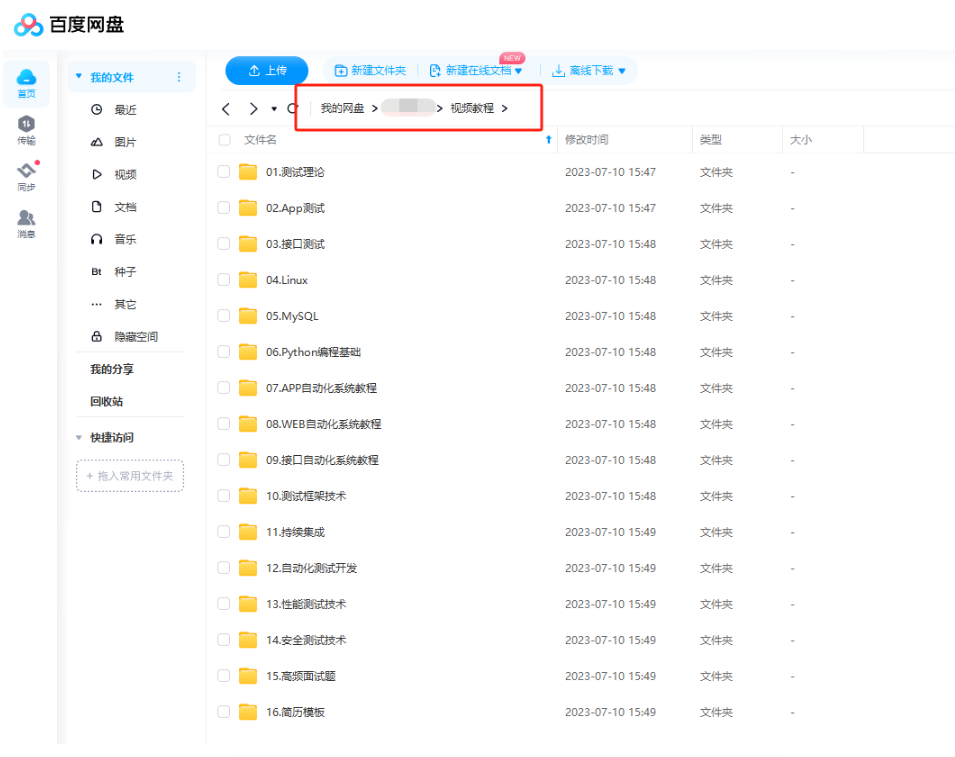以下主要介绍如何封装请求
还记得我们之前写的get请求、post请求么?
大家应该有体会,每个请求类型都写成单独的函数,代码复用性不强。
接下来将请求类型都封装起来,自动化用例都可以用这个封装的请求类进行请求
将常用的get、post请求封装起来
| 1 2 3 4 5 6 7 8 9 10 11 12 13 14 15 16 17 18 19 20 21 22 23 24 25 26 27 28 29 30 31 32 33 34 35 36 37 38 39 40 41 42 43 44 45 46 47 48 49 50 51 52 |
|
请求结果如下:
| 1 2 3 4 5 6 7 8 9 10 11 12 13 14 15 16 17 18 19 20 21 22 23 24 25 26 27 28 29 30 31 32 33 34 35 36 37 38 39 40 |
|
这样就完美了吗,no,no,no。
以上代码痛点如下:
代码量大:只是封装了get、post请求,加上其他请求类型,代码量较大;
缺少会话管理:请求之间如何保持会话状态。
我们再来回顾下get、post等请求源码,看下是否有啥特点。
get请求源码:
| 1 2 3 4 5 6 7 8 9 10 11 |
|
post请求源码:
| 1 2 3 4 5 6 7 8 9 10 11 |
|
仔细研究下,发现get、post请求返回的都是request函数。
再来研究下request源码:
| 1 2 3 4 5 6 7 8 9 10 11 12 13 14 15 16 17 18 19 20 21 22 23 24 25 26 27 28 29 30 31 32 33 34 35 36 37 38 39 40 41 |
|
源码看起来很长,其实只有三行,大部分是代码注释。
从源码中可以看出,不管是get还是post亦或其他请求类型,最终都是调用request函数。
既然这样,我们可以不像之前那样,在类内定义get方法、post方法,而是定义一个通用的方法
直接调用request函数
看起来有点绕,用代码实现就清晰了。
| 1 2 3 4 5 6 7 8 9 10 11 12 13 14 15 16 17 18 19 20 21 |
|
响应结果:
| 1 2 3 4 5 |
|
这次请求封装简洁实用,当然小伙伴们也可以根据自己的需求自行封装。
现在我也找了很多测试的朋友,做了一个分享技术的交流群,共享了很多我们收集的技术文档和视频教程。
如果你不想再体验自学时找不到资源,没人解答问题,坚持几天便放弃的感受
可以加入我们一起交流。而且还有很多在自动化,性能,安全,测试开发等等方面有一定建树的技术大牛
分享他们的经验,还会分享很多直播讲座和技术沙龙
可以免费学习!划重点!开源的!!!
qq群号:485187702【暗号:csdn11】最后感谢每一个认真阅读我文章的人,看着粉丝一路的上涨和关注,礼尚往来总是要有的,虽然不是什么很值钱的东西,如果你用得到的话可以直接拿走! 希望能帮助到你!【100%无套路免费领取】
























 1582
1582

 被折叠的 条评论
为什么被折叠?
被折叠的 条评论
为什么被折叠?










